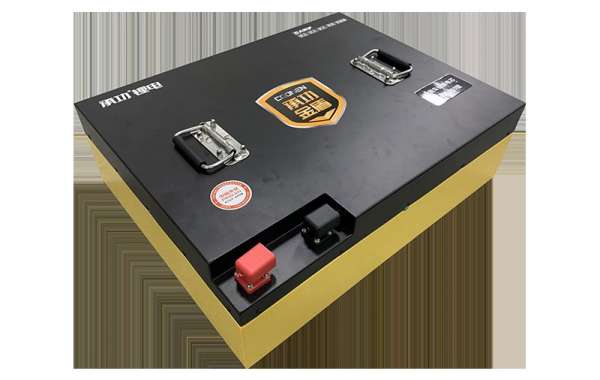A lithium ion battery operates on the principle of moving lithium ions between two electrodes, a process known as electrochemical reaction. The fundamental components include a positive electrode (cathode), typically made from a lithium metal oxide, and a negative electrode (anode), commonly constructed from graphite. These electrodes are separated by a porous membrane, submerged in an electrolyte solution that facilitates the flow of ions. This internal structure allows the lithium ion battery to store a considerable amount of energy in a relatively compact and lightweight package, which is a primary reason for its widespread adoption.
During discharge, when the lithium ion battery is powering a device, lithium ions flow from the anode through the electrolyte and into the cathode. This movement of ions releases electrons, which travel through an external circuit, creating the electric current that powers our phones, laptops, and tools. The electrolyte plays a critical role here; it must allow ions to pass while remaining an electronic insulator to prevent a short circuit. The ability of a lithium ion battery to efficiently facilitate this shuttling of ions is central to its performance and energy density.
Charging a lithium ion battery reverses this process. An external power source applies a voltage, forcing the lithium ions to move back from the cathode to the anode. This stores energy within the battery for future use. A key component in any modern lithium ion battery pack is the Battery Management System (BMS). This electronic circuit monitors and regulates parameters like voltage, current, and temperature, ensuring that each cell within the battery operates within its safe limits. The BMS is crucial for preventing overcharging and over-discharging, which can affect the health and safety of the lithium ion battery.
The materials used in the electrodes significantly influence the characteristics of a lithium ion battery. Different cathode chemistries, such as lithium iron phosphate (LFP) or lithium nickel manganese cobalt oxide (NMC), offer varying trade-offs in terms of energy capacity, power output, and thermal stability. Ongoing research focuses on developing new material combinations, including silicon-based anodes, to push the boundaries of what a lithium ion battery can achieve. This continuous innovation in electrochemistry ensures that the technology will remain important for powering a diverse range of applications.






